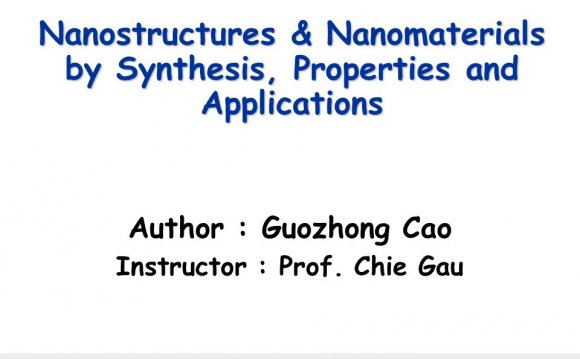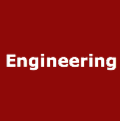
MIT AeroAstro students, faculty, and staff share a passion for air and space vehicles, the technologies that enable them, and the missions they fulfill.
In recent years, we pioneered a new form of undergraduate engineering education, motivating our students to master a deep working knowledge of the technical fundamentals while giving them the skills, knowledge, and attitudes necessary to lead in the creation and operation of products, processes, and systems. We’ve reformed our teaching, redesigned our curriculum, and built new teaching laboratories. Our exciting undergraduate curriculum prepares students for careers in the aerospace industry, or to continue in advanced study.
Typically, more than half of the students who major in the department go on to graduate school. AeroAstro offers a number of unique graduate programs and degrees. The AeroAstro graduate program offers a myriad of opportunities — for research, for collaboration, for deep study, and, yes, for fun — and the opportunity to work with the brightest and most motivated colleagues in academia and industry.
Some Numbers:
AeroAstro currently has:
Undergraduate students: 180 Women: 36 percent Underrepresented minorities: 31.5 percent Graduate students: 228 Women: 21 percent Underrepresented minorities: 10 percentWhat’s with the “16”?
The Department of Aeronautics and Astronautics is known as Course 16, hence the reason our classes start with 16 (e.g., 16.100 Aerodynamics), as do our degrees (e.g., 16 B.Sc. in Aerospace Engineering). MIT “courses, ” as our programs are called, are numbered in the order that they were inaugurated. Aeronautics classes started at MIT in 1914, the department — Course 16 — was founded in 1926, becoming a distinct department in 1939.
RELATED VIDEO




 Stanford University School of Engineering is one of the schools of Stanford University. The school has had eight deans; the current is James D. Plummer.
Stanford University School of Engineering is one of the schools of Stanford University. The school has had eight deans; the current is James D. Plummer.







